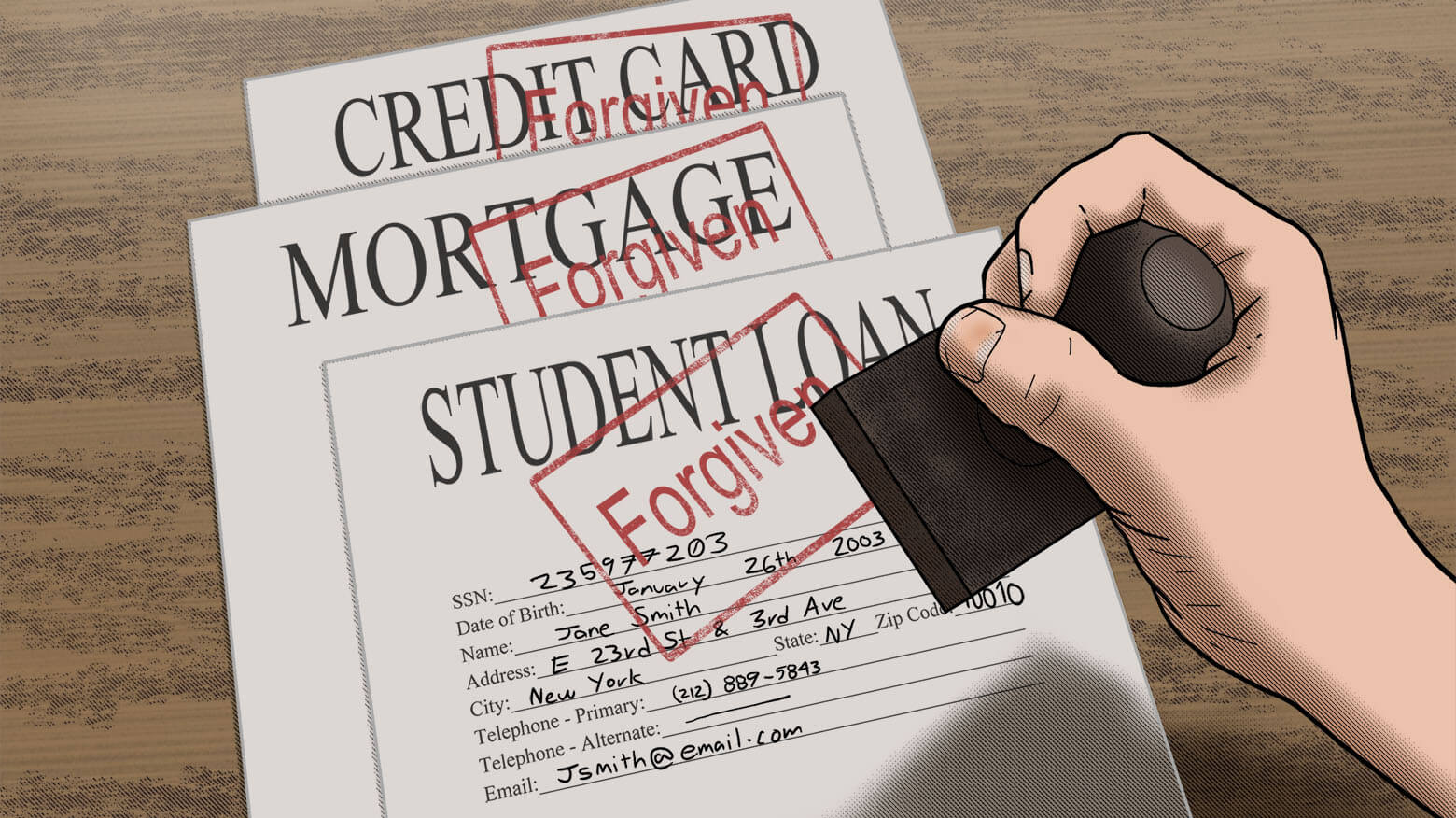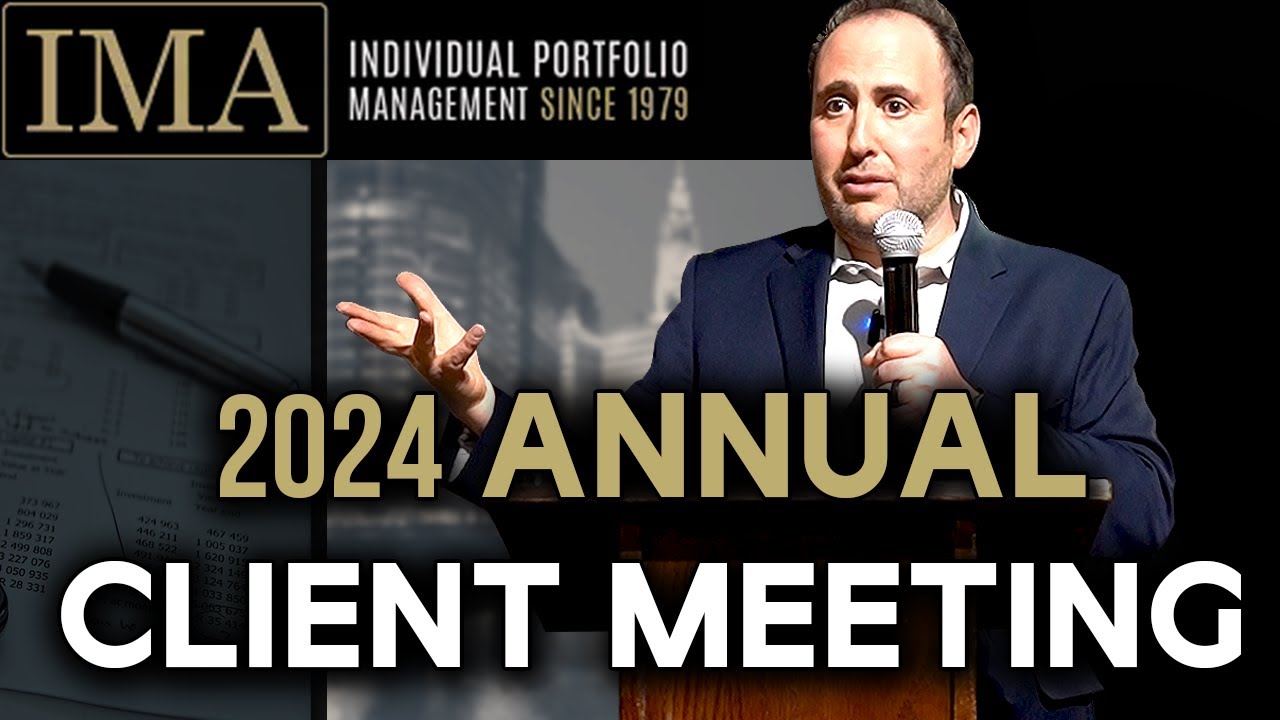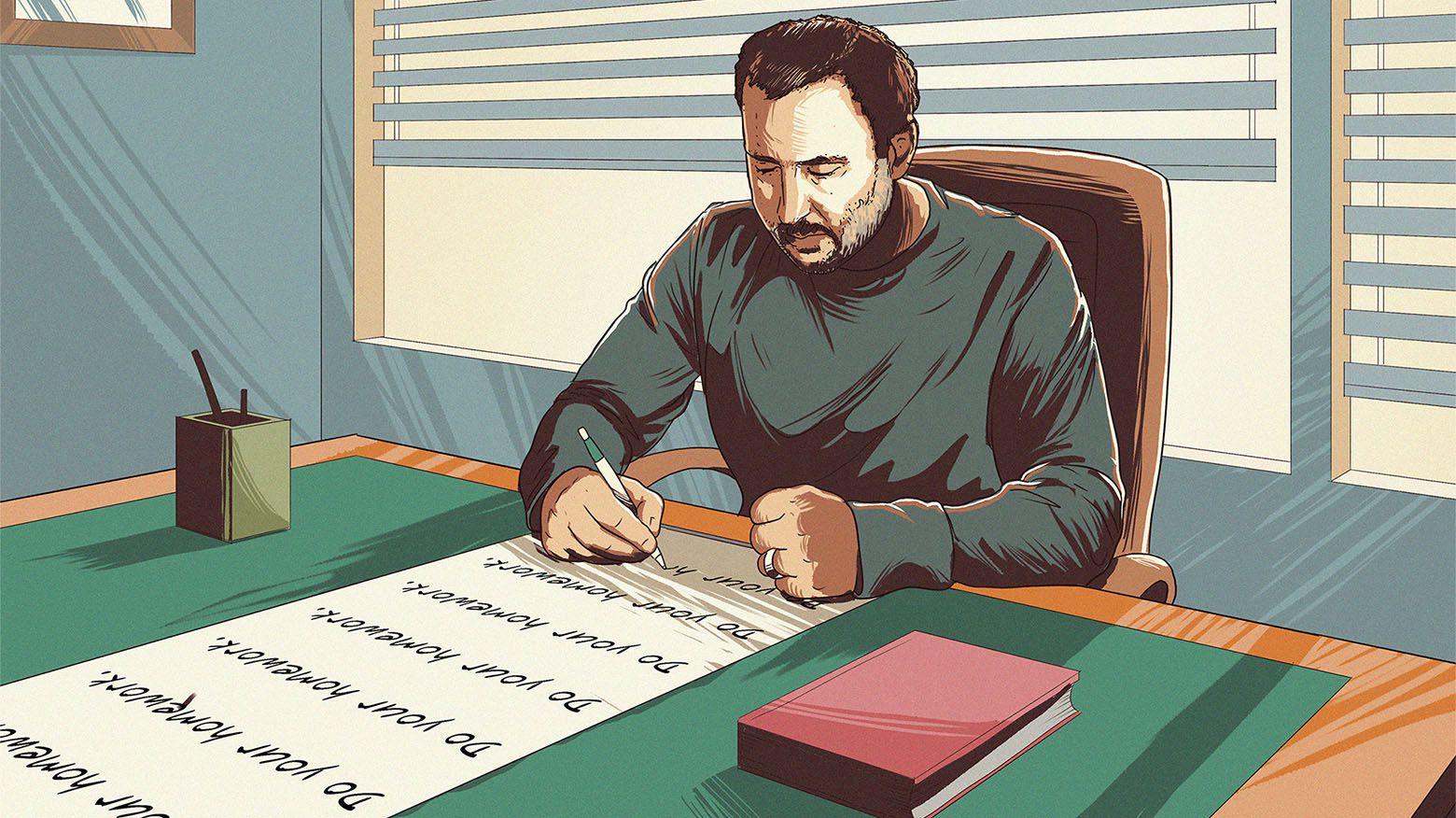Some of my colleagues at IMA advised me not to publish the essay you are about to read. They thought it would put me in the middle of political tribal warfare and I’d just frustrate a large group of my readers with it.
However, last December I penned an essay reminiscing about spending 30 years in America. I wrote:Tribalism in the US has become so strong that it has started to impact our freedom of speech. No, the government is not going to send you to the gulag for your political thoughts. We do it to ourselves by canceling each other. …
How many of us now find ourselves afraid of being cancelled, or just don’t want to get into mindless, vitriolic debates with tribal drones (people who just repeat the talking points of their tribes). The more we self-censor, the less free we become.
Despite my colleagues’ insistence, I decided that I am not going to self-sensor. Some readers may decide to stop reading my essays – well, they’re welcome to do that.
What is the point of living in a free country if you are afraid to voice your opinion? Actually, in this case it is not even an opinion, but analysis with investment consequences.
I made a deliberate decision not to belong to a political party. I don’t want to outsource my thinking to a collective. I am innately leery of group think – a useful trait in my day job as an investor.
The Slippery Slope of Student Loan Forgiveness
My wife Rachel and I had our son Jonah in 2001. I was 28 and she was 23. Rachel quit her job and became a stay-at-home mom and part-time student at CU Denver, where she was finishing her bachelor’s degree.
Both Rachel and I immigrated to the US ten years earlier, from the USSR. Now, I had a master’s degree in finance and a CFA license but was just a few years into my career as an analyst. I was working for a small investment firm, IMA, making $40,000 a year. As soon as Jonah was born, we opened a custodial educational account and started saving $2,000 a year for Jonah’s future education.
This $2,000 in 2001 was an enormous amount of money for us; it was around 7% of my after-tax income. We had a very modest lifestyle. We were still paying off our college debt. This education money could have let us afford to eat out, enjoy a daily trip to Starbucks, or take another vacation or two. We bought used cars, drove them for decades. We made a budget and lived by it (I wrote about it here). We felt it was our responsibility as parents to make sure that our son went to college and was not burdened by college debt. The value of education had been drummed into our heads by our parents. We wanted to give Jonah every advantage he could get in this country.
We opened similar education accounts for our daughters Hannah and Mia Sarah when they were born in 2005 and 2014. Though my income was growing as my career advanced, funding these accounts was always an effort. We needed more bedrooms – we bought a house. Also, when storks bring babies, what follows are unending new expenses: diapers, daycares, after-school activities, and the kids keep growing, so they constantly need new clothes.
As I look back at those years, though they were often trying, they were some of the happiest of our lives. This is the behavior I’d want my kids to replicate: Live within your means. Don’t get into credit card debt; pay off debts quickly. Save for a rainy day. Create a budget – which is basically categorizing and mindfully allocating your spending to things that are important to you. But making sure you take care of your kids’ education is at the top of the list. In advice to my kids, I’d throw in some Stoic wisdom, in that happiness comes from wanting what you have. Once your basic needs are taken care of, material things bring little happiness.
And then…
President Biden, with an executive order (a decision that did not go through Congress) “forgave” $10,000+ of many students’ loans. Aside from the fact that every member of my household, including my 8-year-old daughter Mia Sarah, is now on the hook for about $1,000 for this “forgiveness”, it felt like what Rachel and I were trying to teach our kids is now thrown out the window.
As I promised you, this is not a political essay, so here’s the analysis part.
This loan forgiveness is a very dangerous, slippery slope. Some will argue it started with Uncle Sam bailing out the big banks during the Great Financial Crisis. That is debatable, and there are a few important differences: The government did not “forgive” the banks or give them money but provided high-interest loans. Uncle Sam came out ahead in the end. Arguably, if the US had not bailed out its financial institutions, our whole economy would have crumbled. However, I am aware these nuances are somewhat lost, as the public looks at the government’s actions as a bailout. This sets a dangerous precedent. Yes, the government came out ahead, but it could have lost money.
Then, during the pandemic, the government opened the door wide-open by throwing trillions of dollars at anyone and anything with a bank account with a multi-trillion-dollar PPP shower. Arguably, this was necessary in the face of a global emergency, though the magnitude and follow-up stimulus are open to debate. Although this time around the government wanted to make sure that everyone got the money (not just the fat cats on Wall Street), due to its ineptitude a lot of this money was misappropriated. Some were showered with more PPP money than others.
Now today, anyone who went to college, has student loan debt, and makes less than $250,000 a year (per couple) receives “forgiveness” from Uncle Sam and my daughter Mia Sarah.
This executive order doesn’t even attempt to fix the core issue of runaway inflation in college tuition. In fact, it will likely make tuition inflation even worse by throwing more taxpayer money at colleges and lead to endless “forgiveness” in the future.
But what about the plumber or truck driver who never went to college and thus has no college debt to forgive? This where the slippery slope turns into a giant landslide. They are next. As interest rates go up, people go upside down on their houses and mortgage interest cripples them. No worries, Uncle Sam and Mia Sarah will come to the rescue; they’ll forgive those loans. But what if you are not lucky enough to own a house but have a mountain of credit card debt? Don’t worry, you’ll be absolved of those sins, too – you won’t be left behind.
In the meantime, people who are like Rachel and I were 20 years ago, folks who give up vacations, new cars, Starbucks frappuccinos and Chipotle burritos to save for their offsprings’ education are incentivized to do the opposite. Why bother?
Making choices as to what college to attend, selecting a major, and deciding how much debt to take on falls into the personal responsibility bucket, too. When the government decides to forgive student loans (and then, maybe, mortgages and credit card debt), that is a plain-vanilla wealth transfer to those absolved from their debt (their past choices) from the rest of the society, who made painful, responsible choices, and from future generations (the Mia Sarahs and those who are yet to be born).
The US has earned the right for its dollar to be a world reserve currency. It was earned because we had the strongest free market economy. There is a very good reason why most innovation doesn’t take place in Europe but in the US. We are the country where people want to take risks, enjoy the fruits of their successes, and pay the price of their failures. A free market economy cannot exist without failure, just like heaven cannot exist without hell.
The reason companies fail, and empires collapse is simple – they become arrogant. They forget that their success was earned by sweat and paranoia. They start taking it for granted. They become fat, lazy, and happy. Just like companies and empires, the US is not absolved from the laws of economics.
As our government adds more debt and probably raises taxes, inflation will not be transitory but will become a nightmare of everyday life, and our economy will weaken. With every “forgiveness,” the US dollar will become a less attractive currency, as it will buy fewer and fewer goods. It will be less differentiated from the currencies of other troubled countries.
As an investor who is hired to preserve and grow my clients’ nest eggs, I’m finding, unfortunately, that diversifying away from the US dollar is becoming a responsible thing to do.










I share every single word here with you!!!
It was never meant to actually happen, just a ploy to get votes ahead of election, they will bring it up again before next election
I have a feeling far left policies like these will probably cost democrats losing the Congress majority.
As it happens, you do have a chance to register your opinion on student loan bailouts and other government policy decisions this November 8. Vote!
The most responsible thing the Feral gub’mint could do – aside from telling the borrowers to “suck it up and deal” – would be to claw back the money from the universities that benefited the most from the program. Their endowments exceed the GDP of most small countries, they have continually raised their tuition and fees far beyond the rate of inflation, and they have squandered much of this largesse on athletic facilities, luxury student dorms, bloated staffs, and overpaid professors who fill the students’ minds with drek. Make them pay it back!